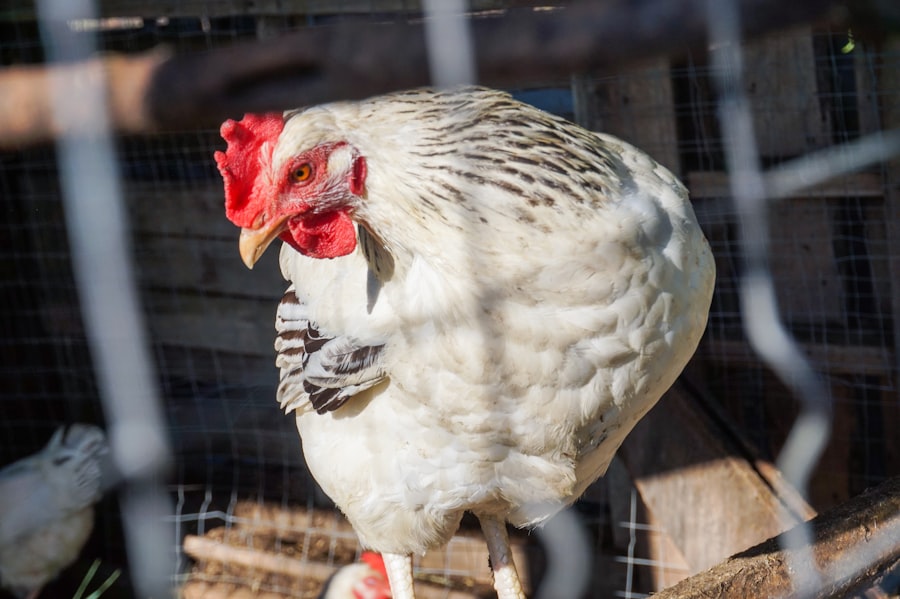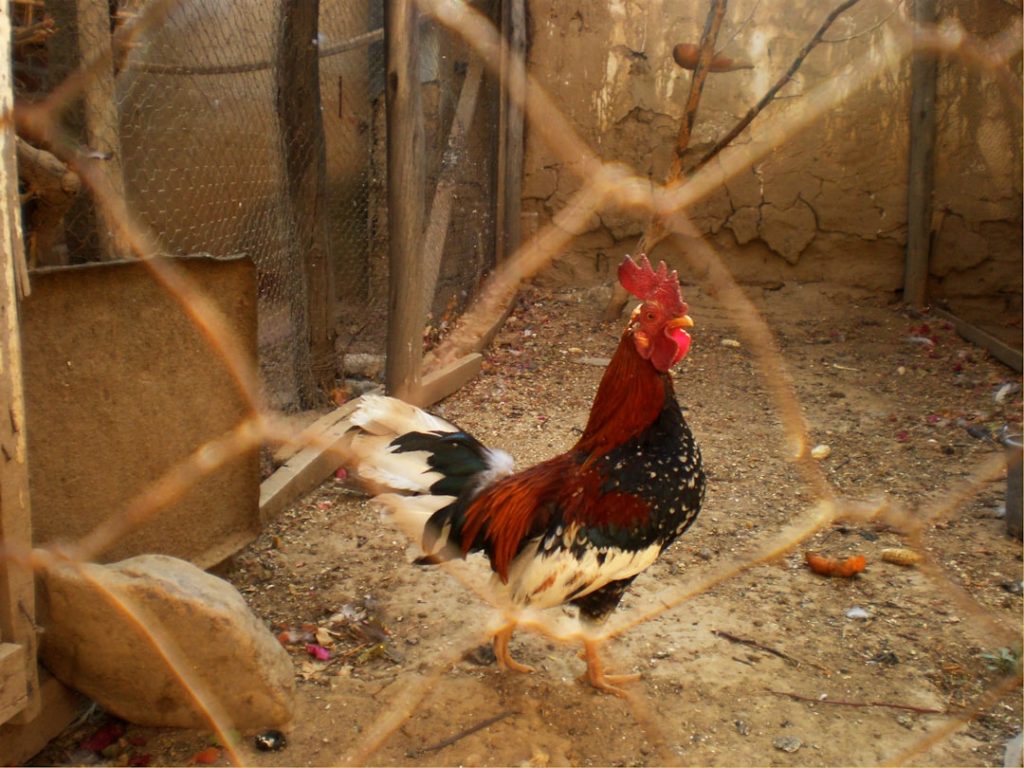Chickens are naturally inquisitive and adaptable birds that actively explore their environment in search of sustenance and refuge. They exhibit a particular attraction to luminous and reflective objects, which can result in pecking behavior directed at surfaces like windows and vehicle mirrors. Within their social structure, chickens maintain a strict hierarchical order, potentially leading to aggressive interactions with other animals or humans.
Comprehending these behavioral patterns is essential for developing effective strategies to discourage chickens from entering undesired areas. Chickens are creatures of routine, frequently revisiting familiar locations for foraging and shelter. This habitual behavior can pose challenges when attempting to prevent their access to specific areas, as they may persistently return despite deterrent measures.
Furthermore, chickens possess a highly developed sense of smell, which can draw them towards various scents, including food sources and other animals. A thorough understanding of these behavioral traits is crucial for implementing successful methods to keep chickens away from unwanted locations.
Table of Contents
- 1 Implementing Physical Barriers
- 2 Using Deterrents and Repellents
- 3 Removing Attractive Food Sources
- 4 Creating a Distraction
- 5 Seeking Assistance from Local Authorities
- 5.1 Seeking Help from Local Authorities
When dealing with nuisance chickens, it’s essential to know that you don’t have to tackle the problem alone. If your efforts to deter chickens haven’t been successful, seeking assistance from local authorities can be a helpful next step.
- 5.2 Regulations and Ordinances
- 5.3 Effective Solutions
- 5.1 Seeking Help from Local Authorities
- 6 Consulting with a Professional Exterminator
- 7 FAQs
- 7.1 What are some effective ways to keep chickens from coming into my yard?
- 7.2 Are there any natural deterrents that can keep chickens away from my yard?
- 7.3 Is it legal to keep chickens out of my yard if they belong to my neighbor?
- 7.4 What should I do if I find chickens in my yard?
- 7.5 Are there any humane methods for keeping chickens out of my yard?
Key Takeaways
- Chickens are naturally curious and will peck at anything that catches their eye, including insects, small animals, and even building materials.
- Physical barriers such as fences, netting, and chicken wire can be effective in keeping chickens out of certain areas.
- Deterrents like motion-activated sprinklers or noise-making devices can startle chickens and discourage them from returning to a specific area.
- Removing food sources such as spilled grain, compost, or garbage can help reduce the attractiveness of an area to chickens.
- Providing chickens with alternative sources of entertainment, such as hanging mirrors or shiny objects, can distract them from unwanted areas.
- Local authorities may be able to provide guidance or assistance in dealing with persistent chicken behavior issues.
- A professional exterminator can assess the situation and provide targeted solutions for deterring chickens from unwanted areas.
Implementing Physical Barriers
Fences and Netting
Installing fences or netting around gardens or other areas where chickens are not welcome can create a physical barrier that makes it more difficult for chickens to access these areas, ultimately deterring them from returning.
Chicken Wire and Mesh
Using chicken wire or mesh can help prevent chickens from entering specific spaces, such as under porches or decks.
Scare Devices
Another physical barrier that can be effective in deterring chickens is the use of scare devices, such as motion-activated sprinklers or noise makers. These devices startle chickens when they approach, causing them to flee the area and avoid returning.
By implementing physical barriers and scare devices, it becomes easier to keep chickens away from unwanted areas and prevent damage to property.
Using Deterrents and Repellents

In addition to physical barriers, using deterrents and repellents can also be effective in deterring chickens from unwanted areas. One common deterrent is the use of predator decoys, such as fake owls or snakes, which can create the illusion of danger and cause chickens to avoid the area. Additionally, using strong scents, such as citrus or vinegar, can also deter chickens from specific locations, as they are sensitive to certain odors.
Another effective deterrent is the use of reflective surfaces, such as aluminum foil or shiny tape, which can disorient chickens and prevent them from approaching certain areas. Additionally, using repellent sprays or powders that are specifically designed to deter chickens can also be effective in keeping them away from unwanted spaces. By using a combination of deterrents and repellents, it becomes easier to deter chickens from specific areas and prevent damage to property.
Removing Attractive Food Sources
Chickens are naturally drawn to areas where food is readily available, making it important to remove attractive food sources in order to deter them from unwanted areas. This can include securing garbage cans and compost bins to prevent chickens from accessing food scraps, as well as cleaning up fallen fruit or seeds that may attract them. Additionally, keeping pet food indoors and ensuring that bird feeders are inaccessible to chickens can also help deter them from specific areas.
Another way to remove attractive food sources is by using chicken feeders that are designed to prevent spillage and waste. By using feeders that are specifically designed for chickens, it becomes easier to control their access to food and prevent them from foraging in unwanted areas. By removing attractive food sources, it becomes more difficult for chickens to find sustenance in specific locations, ultimately deterring them from returning.
Creating a Distraction
Creating a distraction can also be an effective way to deter chickens from unwanted areas. This can include providing alternative sources of food and entertainment in a different location, such as setting up a designated feeding area away from gardens or other sensitive areas. By providing chickens with an alternative focus, it becomes easier to keep them away from areas where they may cause damage.
Another way to create a distraction is by using noise or movement to startle chickens when they approach unwanted areas. This can include using wind chimes or other noise-making devices, as well as installing motion-activated lights or sprinklers that startle chickens when they approach. By creating a distraction, it becomes easier to deter chickens from specific locations and prevent damage to property.








